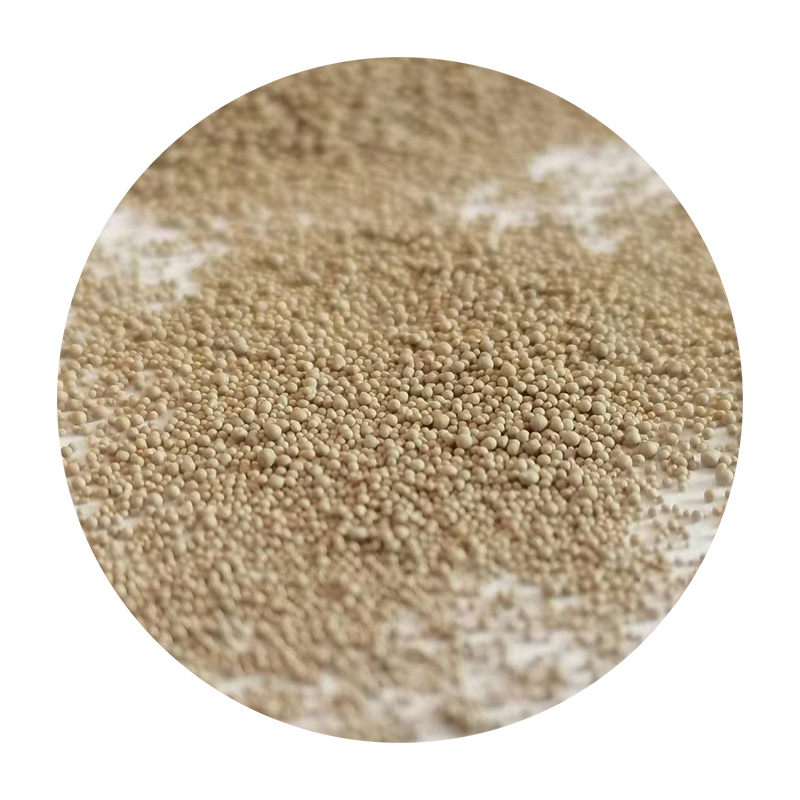Investment Casting vs Sand Casting An Analytical Overview
Casting is a fundamental manufacturing process used to shape and create intricate components for a wide range of industries, including automotive, aerospace, and consumer goods. Among the various casting methods available, investment casting and sand casting are two of the most commonly used techniques. Each method has distinct advantages and disadvantages, making them suitable for different applications. This article explores investment casting versus sand casting, focusing on their processes, costs, and overall effectiveness in producing high-quality components.
Investment Casting Precision and Detail
Investment casting, often referred to as lost-wax casting, is a precision casting process that allows for the production of complex shapes and fine details. The process involves creating a wax pattern of the desired part, which is then coated with a heat-resistant ceramic shell. Once the shell is hardened, the wax is melted away, leaving an empty mold. Molten metal is poured into this mold to create the final product.
One of the most significant advantages of investment casting is its ability to produce components with high dimensional accuracy and superior surface finishes. This precision minimizes the need for extensive machining post-casting, translating to reduced production times and costs. Furthermore, investment casting is ideal for creating intricate geometries that would be challenging or impossible to achieve with other methods.
However, investment casting also has some drawbacks. The initial setup costs can be high, particularly for small production runs, due to the labor-intensive process of creating molds and patterns. Moreover, it is typically less efficient for larger parts, as the size of the wax patterns is generally limited by the capabilities of the equipment used in the process.
Sand Casting Versatility and Cost-Effectiveness
investment vs sand casting

On the other hand, sand casting is one of the oldest and most widely used casting techniques. In this method, sand is mixed with a binder to form a mold, which is then compacted around a pattern of the desired part. Once the mold is formed, molten metal is poured into it, and after cooling, the mold is broken away to reveal the final product.
Sand casting offers significant benefits, particularly in terms of versatility and cost-effectiveness. The initial investment is relatively low, making it an attractive option for small to medium production runs. Additionally, sand molds can be easily modified to accommodate various part sizes, making this method flexible in handling different production needs.
While sand casting is highly versatile, it typically produces parts with rougher surface finishes and less dimensional accuracy compared to investment casting. As a result, additional machining may be necessary to meet precise specifications. However, for many applications, particularly those where surface finish is less critical, the cost savings and simplicity of sand casting make it a favorable choice.
Investment vs. Sand Casting Making the Right Choice
When deciding between investment casting and sand casting, manufacturers must consider several factors, including production volume, part complexity, material type, and cost considerations. Investment casting is well-suited for high-precision applications and low-to-medium production runs where the intricate detail is paramount. Industries such as aerospace and medical equipment often prefer investment casting for its ability to produce components with stringent tolerances.
Conversely, sand casting is a better fit for larger, simpler parts or when the production volume is high. Its lower costs and faster setup times make it ideal for certain automotive applications and larger, less complex components.
In conclusion, both investment and sand casting have their unique strengths and weaknesses. Investment casting stands out for its precision and detail, making it ideal for high-end applications, while sand casting offers versatility and cost-effectiveness for larger and simpler parts. Manufacturers must evaluate their specific needs and production requirements to determine the most suitable casting method for their projects. Understanding the inherent characteristics of each process can lead to more informed decisions, ultimately improving product quality and cost efficiency in manufacturing.
Post time:10 月 . 22, 2024 01:47
Next:Golden Sands Expansion Project for Sustainable Development and Community Growth Strategies
